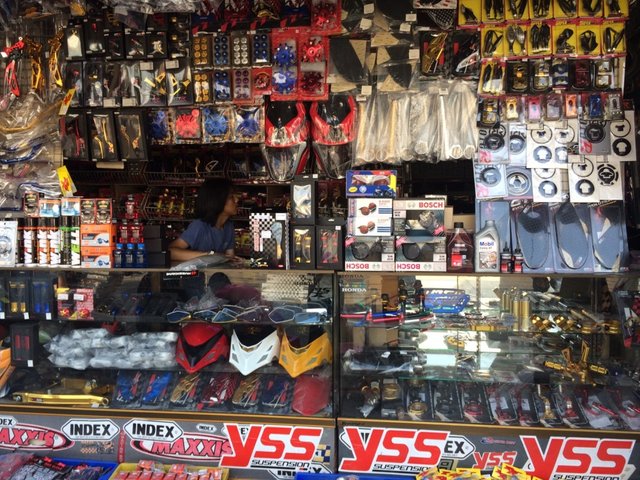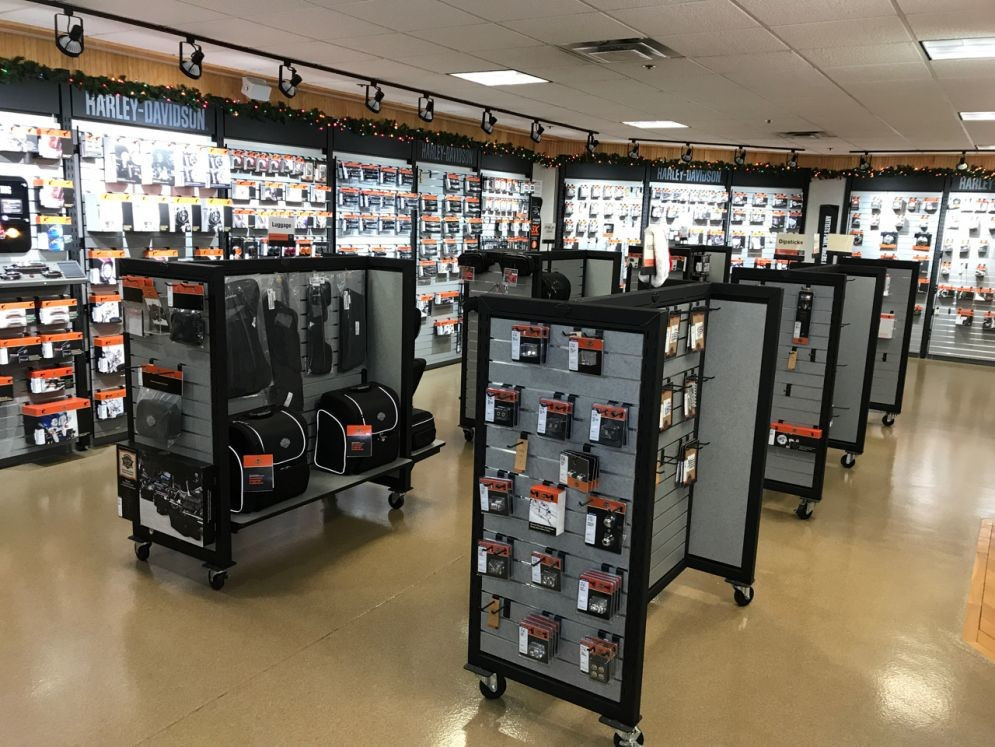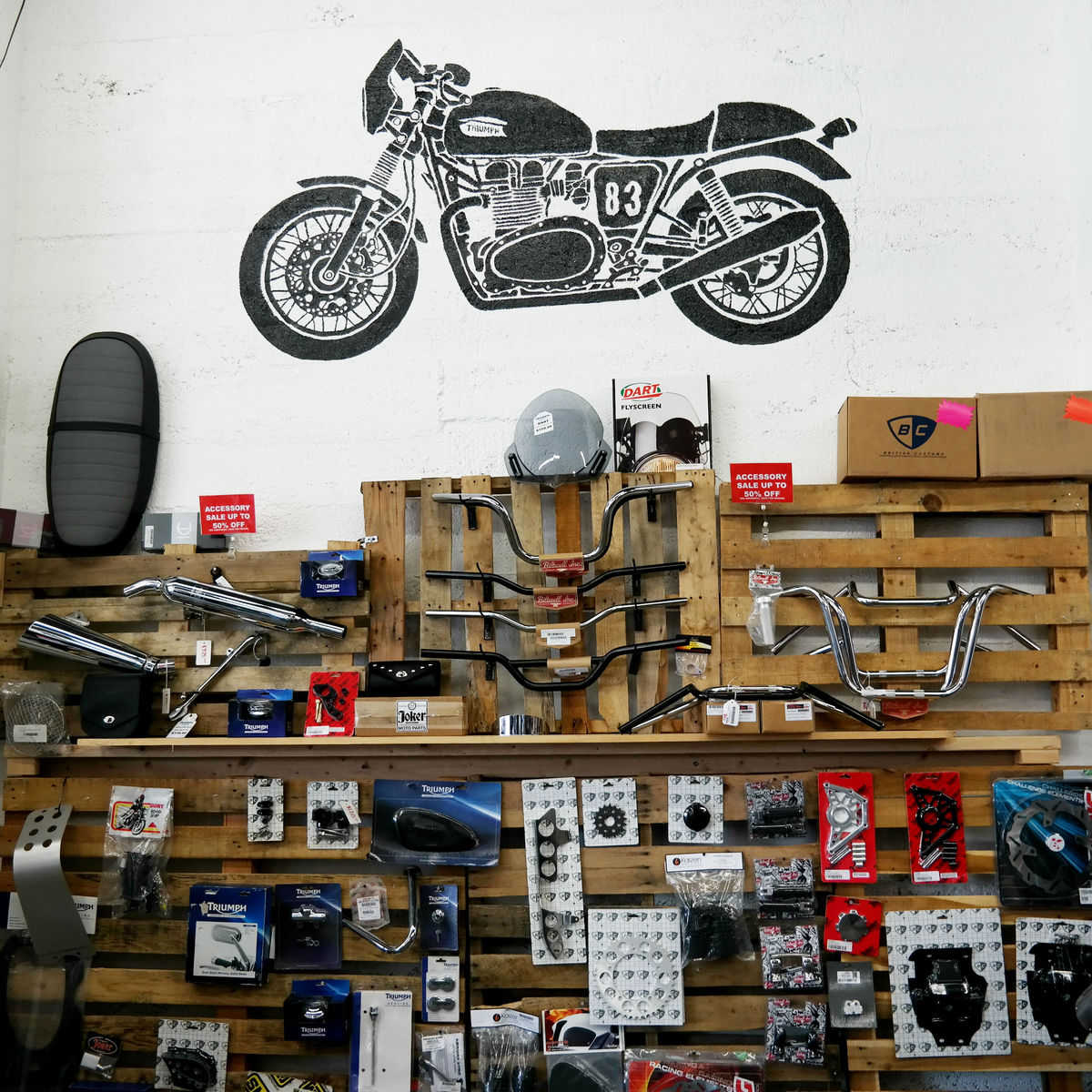Essential Motorcycle Parts NZ for Peak Performance and Safety
Essential Motorcycle Parts NZ for Peak Performance and Safety
Blog Article
Understanding Motorcycle Gears: Exactly How to Maximize Your Riding Experience
In the world of motorcycling, grasping the art of equipment adjustment is critical for boosting your riding performance. Effectively utilizing and understanding bike gears can significantly affect control, fuel, and velocity performance, transforming a typical experience into a seamless, thrilling trip.
Understanding Gear Mechanics
At the core of motorcycle dynamics, gear technicians play a pivotal role in converting engine power right into motion, inevitably dictating rate and control. The equipment ratios, thoroughly developed, determine the connection between engine changes and wheel turns, influencing velocity and fuel efficiency.
Recognizing equipment technicians starts with recognizing the importance of the gearbox, which houses multiple equipments of varying dimensions. These gears engage with a procedure known as meshing, where teeth of various gears engage to send power.
Furthermore, the idea of gear changing is integral to optimizing efficiency. Timely and smooth shifts ensure that the engine operates within its optimum power band, stopping unnecessary stress and improving long life (mx gear nz). By understanding these mechanical details, cyclists can attain a harmonious blend of power, effectiveness, and control, boosting their riding experience
Timing Your Changes
Shift timing proficiency is crucial for maximizing motorcycle performance and boosting the riding experience. Appropriately timed changes make certain that the engine operates within its ideal power band, which is essential for keeping control, achieving smooth acceleration, and making sure the longevity of the bike. Riders must develop an intuitive sense of when to change gears, which involves understanding the connection in between engine transformations per min (RPM) and rate.
To understand change timing, pay close interest to the engine's noise and feel, as these offer crucial ideas concerning when to change equipments. When the engine approaches the top array of its power band without reaching the redline, the perfect shift point usually happens - motox parts nz. Changing prematurely can result in a lack of power, while shifting too late may cause unneeded engine strain
Additionally, roadway conditions and riding style impact shift timing. In urban setups, smoother and extra frequent shifts might be necessary to browse traffic efficiently. On the other hand, during freeway riding, less changes at higher speeds can be better. Exercising in different environments will certainly improve your ability to time changes exactly, eventually raising your riding experience to an expert level.
Enhancing Gas Effectiveness
While mastering bike equipments is essential for efficiency, enhancing fuel effectiveness is just as vital for both financial and environmental factors. Optimal gas usage not only reduces functional prices but likewise reduces the ecological footprint of riding. To attain this, one have to recognize the elaborate connection in between equipment selection and engine performance.
To start with, choosing the right gear at ideal rates can significantly impact fuel consumption. Riding in a higher gear at reduced speeds can result in engine hauling, which is harmful to both gas economic situation and engine health. On the other hand, riding in reduced gears at high speeds leads to unneeded gas intake. Hence, keeping an optimum equilibrium by shifting gears abreast with road conditions and expected maneuvers is important.
In addition, regular upkeep plays a crucial my sources function in gas efficiency. Making sure that the bike is well-tuned, with clean air filters and properly inflated tires, can lower and boost the rules of aerodynamics fuel wastage. Embracing a riding style that embraces gradual acceleration and smooth deceleration can contribute to far better fuel economy.

Methods for Smooth Transitions
Accomplishing smooth equipment transitions is essential to boosting the riding experience and guaranteeing the long life of a motorcycle's transmission system. Appropriate equipment shifting not only contributes to a smooth adventure yet also reduces damage on the mechanical elements. To master the art of smooth shifts, cyclists have to concentrate on a couple of crucial techniques.

Secondly, clutch control plays a crucial function. Involving and disengaging the clutch smoothly requires practice. The clutch bar need to be released slowly, enabling a seamless transfer of power from the engine to the wheels without triggering a jolt or sudden motion.

Adjusting to Roadway Conditions
Browsing diverse roadway problems is a critical ability for any type of motorcyclist aiming to maintain control and security. Whether you're riding on wet surfaces, crushed rock roadways, or browsing doglegs, your capacity to adjust your gear usage and riding strategy is vital. Comprehending exactly how to readjust your gears properly can considerably impact traction and security, guaranteeing a safer journey.
In contrast, when riding on crushed motorcycle phone holder rock or unequal terrain, lower equipments are better. Lower equipments offer far better control and permit you to respond more swiftly to unanticipated changes in the roadway surface area.
Sharp curves demand accurate equipment management to stabilize rate and control. Downshifting before going into a curve can assist preserve momentum while making sure the bike remains secure throughout the turn. Regular technique in varied problems boosts your ability to forecast and react to changes in roadway texture and slope.
Conclusion
Grasping motorbike equipments dramatically enhances the riding experience by improving control, acceleration, and gas performance. A thorough understanding of equipment mechanics and precise shift timing makes sure the engine runs within its optimal power band, while smooth shifts through efficient clutch and throttle control increase comfort and performance. Adapting equipment choice to various roadway problems, such as using greater gears on wet surfaces and lower gears on crushed rock, more boosts handling and security. Inevitably, these skills elevate the overall journey.
Understanding equipment technicians starts with recognizing the importance of the gearbox, which houses numerous gears of see here differing dimensions. These equipments communicate through a process understood as meshing, where teeth of different gears involve to send power (motorbike shop). Mild adjustments to the throttle throughout gear changes can stop jerky activities and maintain a constant riding pace
Whether you're riding on wet surfaces, gravel roadways, or browsing sharp turns, your capability to adapt your gear use and riding strategy is vital. Adapting gear option to various roadway problems, such as using higher gears on damp surface areas and reduced gears on gravel, further boosts handling and safety.
Report this page